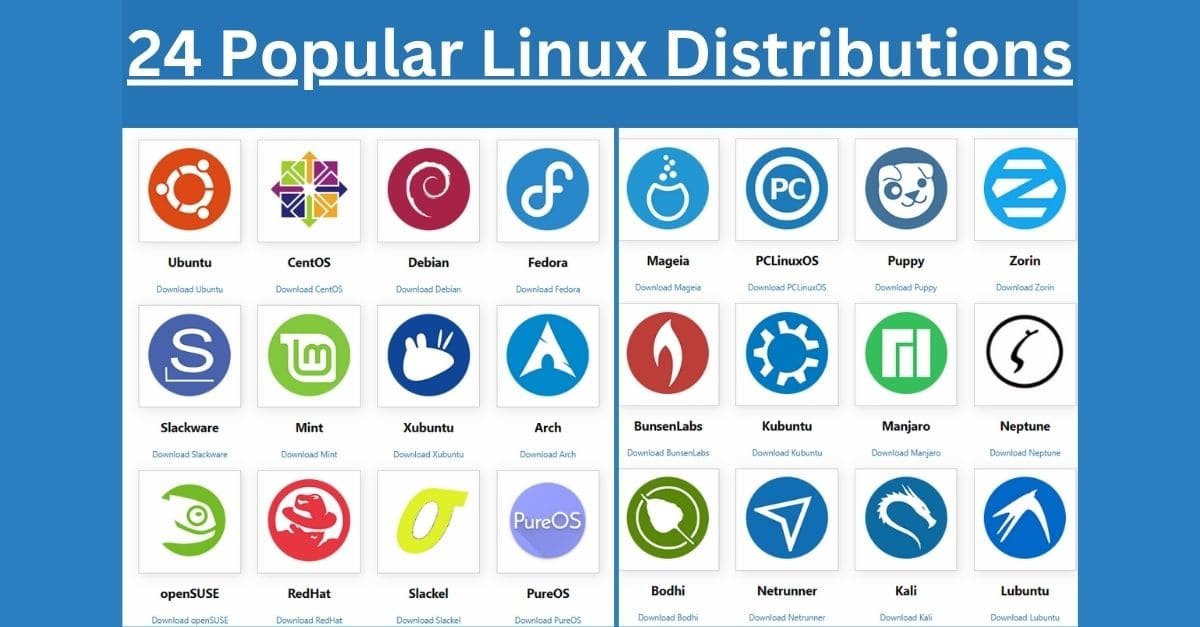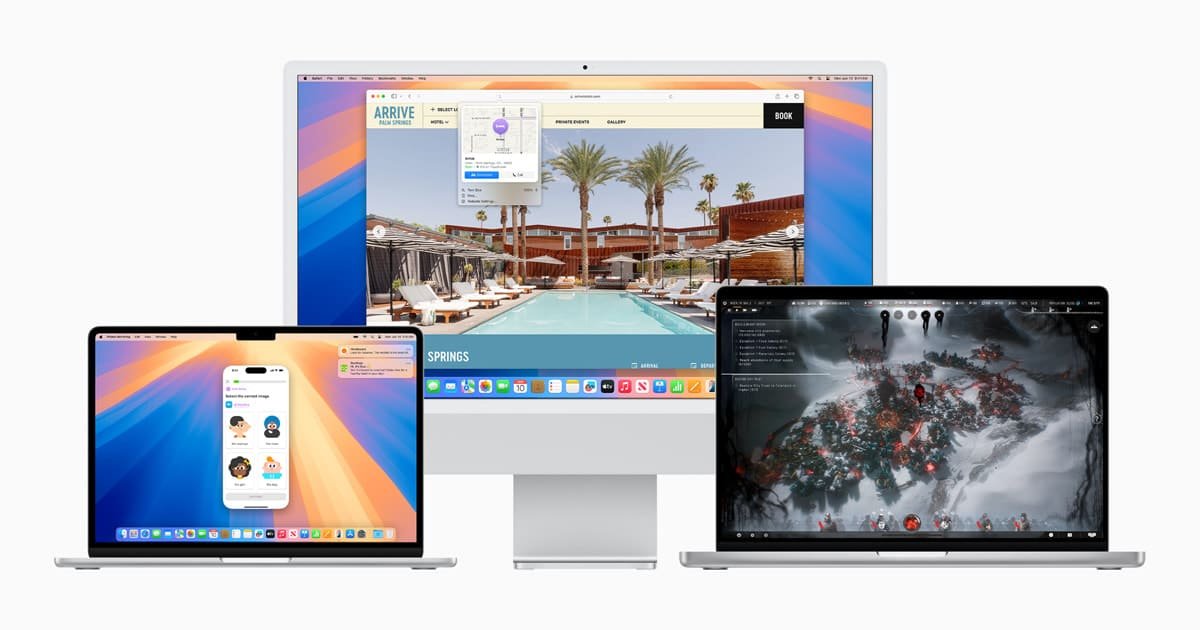Web applications are pivotal to business success and user engagement; selecting the optimal operating system (OS) that is optimized for web apps has become a critical decision for IT professionals. This choice directly impacts not only the immediate performance of web applications but also their long-term scalability and security.
With a range of OS options available, each bringing its own unique strengths to the digital table, pinning down the best OS for web apps requires a detailed analysis. Understanding which OS is optimized for web apps can streamline development processes, enhance user experience, and fortify application security, making it a key factor in the success of web-based projects.
Evaluating the Importance of the OS in Web App Development
While web developers often concentrate on front-end and back-end functionalities, the underlying operating system (OS) plays a crucial role in ensuring the performance, reliability, and security of web applications.
An OS not only manages hardware resources but also influences the speed and responsiveness of applications through its handling of memory, disk I/O, CPU utilisation, and network performance.
Additionally, the frequency and robustness of security updates are vital for protecting the system against vulnerabilities.
Best Operating Systems for Web App Development: A Comparison
When choosing an operating system for developing web applications, it’s important to consider factors like performance, compatibility, and security. Below is a comparison of three popular operating systems, Windows, macOS, and Linux, based on their suitability for different aspects of web app development.
| Factors | Windows | macOS | Linux |
|---|---|---|---|
| Web App Performance | Great for .NET & ASP.NET apps | Optimized for Safari & WebKit | Lightweight, perfect for server-side apps |
| Native Web App Development | Supports native apps with UWP (Universal Windows Platform) | Native apps via Swift & macOS SDK | Limited native client-side support |
| Cross-Platform Development | Compatible with Electron & .NET Core for cross-platform apps | Excellent for React Native & Electron | Excellent for Electron, Flutter |
| Back-End Development | Strong support for .NET, ASP.NET, Node.js | Good support for Python, Ruby, Node.js | Ideal for Python, Ruby, Java, PHP, Node.js, and more |
| Security | Moderate (additional security tools required) | High (built-in privacy features) | High (open-source, secure kernel) |
| Customizability | High (great for enterprise software) | Moderate (restricted by Apple’s ecosystem) | Very high (fully customizable) |
| Developer Community Support | Large, especially for Microsoft technologies | Strong in web and mobile development | Excellent, particularly for open-source tools and frameworks |
Key Takeaways:
- Windows is ideal for developers focused on Microsoft technologies and building web apps using.NET or ASP.NET.
- macOS excels for app development with a focus on Swift, Apple’s SDK, and cross-platform apps using tools like React Native and Electron.
- Linux offers the highest flexibility and performance for server-side development and supports a wide range of programming languages and frameworks, including Python, Ruby, and Node.js.
By understanding these key differences, you can select the best operating system for your web app development needs.
Overview of OS Importance in Web App Performance and Security
The performance of a web application is heavily dependent on how the OS manages memory diskoptimises disc I/O operations. Efficient memory usage enhances the speed and responsiveness, while optimised disc I/O ensures faster data retrieval and storage.
CPU resource allocation is critical; it must be monitored to avoid overloading, which can degrade the performance of web applications.
Network performance also plays a significant role in data transfer rates and load times, directhe useraffecting user experience.
The Role of an OS in Scalability
Choosing an OS that can scale effectively is vital for supporting the growth of web applications. Scalability involves not just handling increased traffic or data load without performance degradation but also maintaining flexibility and adaptability to future needs.
The OS must provide tools and features that support scaling operations, such as load balancing, clustering, and efficient resource management.
Linux: The Open-Source Champion

1. Performance and Customisation
Linux is recognised for its exceptional stability and performance, making it a prime choice for server environments and development workstations.
The operating atstem excels in managing numerous processes and system resources, which is essential for running multiple development tools and applications simultaneously.
Its adaptability allows users to optimise the kernel, tweak desktop environments, and customise applications to meet specific project requirements.
The lightweight nature of Linux also ensures smooth operation on older hardware, which can extend the lifespan of development machines.
2. Security Featopen source
‘s open-source nature is fundamental to its robust security. Developers have the ability to access and audit the source code of the Linux kernel and applications, enhancing the security of the development environment.
This transparency allows for continuous improvements and quick responses to security vulnerabilities. Linux distributions come equipped with powerful security tools like SELinux and AppArmor, which provide mandatory access control to enhance security further.
Additionally, the operating system supports a variety of authentication methods, including biometrics and digital certificates, which fortify its defences against unauthorised access.
3. Community Support and Flexibility
The Linux community is an alive ecosystem that offers unparalleled support. From solving technical issues to code review, the community plays a crucial role in fostering collaboration and learning among developers.
This support system not only aids in advancing individual skills but also contributes to the overall improvement of the platform.
Furthermore, Linux’s flexibility is evident in its wide range of distributions, such as Ubuntu and Fedora, each tailored to different development needs and preferences.
This diversity ensures that developers can choose a distribution that best fits their project requirements, benefiting from a tailored development environment that supports a wide array of programming languages and tools.
Windows: The User-Friendly Giant
Windows stands out as a user-friendly giant in the realm of operating systems, particularly for web app development. Its integration with Microsoft’s extensive suite of tools and services provides a seamless environment for developers.
1. Seamless Microsoft Integration
Windows OS excels in its integration with Microsoft products, which is a significant advantage for developers using Microsoft technologies. Tools like Visual Studio and ASP.NET offer robust environments for developing web applications.
Visual Studio, known for its comprehensive features, including IntelliSense code completion and a powerful debugger, streamlines the development process.
Additionally, ASP.NET allows for the creation of dynamic web pages, further supported by the.NET framework’s extensive libraries and multi-language support.
2. GUI and System Management
The graphical user interface (GUI) of Windows is familiar to a vast number of users, lowering the learning curve for new developers and reducing the time it takes to perform system management tasks.
The OS includes various built-in tools for system management and configuration, making it easier for developers to maintain and monitor system performance and security.
Progressive Web Apps (PWAs) on Windows can be pinned to the taskbar or start menu, enhancing accessibility and user engagement.
3. Support and Updates
Microsoft’s commitment to providing regular updates and support ensures that Windows remains compatible with the latest web technologies and security standards.
This ongoing support is crucial for maintaining the security and functionality of web applications. Developers can leverage Microsoft Edge’s updates, like the introduction of PWA-driven widgets in Windows 11, to enhance their applications’ integration and user interface on the Windows platform.
macOS: The Creative Powerhouse

macOS stands as a beacon for creativity and performance in the realm of web app development.
Its integration with Apple’s ecosystem and advanced security features make it an appealing choice for developers who prioritise aesthetics, functionality, and protection.
1. Optimised System Performance
macOS is famous for its swift performance and stability, which is crucial for developers demanding efficiency and speed. The operating system’s lightweight nature allows for quick launches and consistent performance across applications.
Regular updates enhance its system capabilities, ensuring that macOS remains optimised for both current and emerging web technologies.
This continuous improvement supports an environment where web apps can run smoothly, maintaining high performance without sacrificing quality.
2. Ecosystem Integration
The seamless integration within the Apple ecosystem enhances macOS’s appeal as a development platform. Developers benefit from a harmonised environment where devices and applications communicate effortlessly.
This connectivity is vital for teams that rely on a range of Apple devices for their development process, as it ensures compatibility and streamlines workflow.
The ecosystem also supports extensive content creation tools, making macOS a versatile choice for developers involved in complex web projects that require robust multimedia capabilities.
3. Development Tools and Security
macOS offers an array of development tools through its Safari Develop menu, providing essential resources to ensure web apps are compatible across all standards-based browsers.
For security, macOS sets a high standard with multiple layers of protection, including options to run only signed apps from the App Store.
Additional security measures, such as Notarization and XProtect, guard against malware, ensuring that the development environment and its applications remain secure.
This comprehensive approach to security not only protects developers’ work but also maintains the integrity of the web applications they create.
Conclusion
Through careful examination, we have navigated the complexities of selecting an optimal operating system for web app development, underscoring the significance of this choice in enhancing performance, ensuring security, and providing scalability. The detailed comparison between Linux, Windows, and macOS highlights the distinct advantages each operating system brings to the table. Linux is celebrated for its customisation capabilities and formidable security, making it ideal for those who value flexibility and robust protection.
FAQs: Which OS Is Optimized for Web Apps? A Detailed Analysis
What operating system is best suited for web applications?
Linux is highly regarded for its robustness in server environments, making it an excellent choice for web applications due to its extensive customization options that enhance performance. Windows is known for its user-friendly interface, while macOS is favored for its strong graphic and multimedia capabilities.
Which operating system is most optimized for running web apps: Linux, Chrome OS, Windows, or macOS?
Chrome OS is particularly optimized for running web apps.
What is the primary focus of mobile operating systems?
Mobile operating systems are specifically designed to function on mobile devices such as smartphones and tablets, as opposed to operating systems for computers, which are tailored for use on laptops and desktops.
Which operating system is predominantly used in supercomputers?
Linux is the operating system most commonly used in supercomputers. Manufacturers often modify the Linux derivative they use to suit their specific hardware, as there is no industry standard due to the varying hardware architectures that require tailored optimizations.

